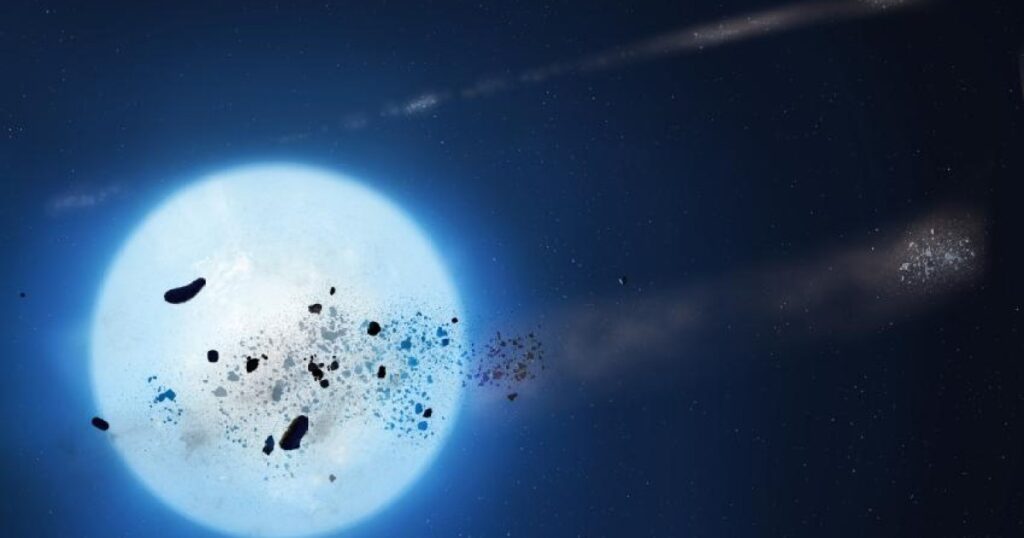One of the weirder aspects of astronomy is thinking about what the fate of the Earth will be when the sun dies. Eventually, after billions of years, the Sun will inevitably run out of fuel and enter the final stages of its life, swelling to a gigantic size called a red giant. If this happens, the Sun will completely engulf Mercury and Venus, but Earth’s situation is less certain.
Researchers recently studied the state of dead stars called white dwarfs, the cores that remain after red giant stars collapse. This is a glimpse of what our solar system will be like in 5 billion years. The Earth may or may not be swallowed up by the Sun, but it is certainly no longer habitable.
“It’s unclear whether the Earth can move fast enough before the sun catches up and burns it out. [if it does]the earth is [still] We’re losing our atmosphere and oceans, making it a poor place to live,” Boris Gensicke, a researcher at the University of Warwick in the UK, said in a paper. statement.
Researchers examined three specific white dwarf stars for evidence of whether they had swallowed other objects in the star system, such as asteroids, moons, or planets. There are areas of debris around these white dwarfs, and by studying this debris, researchers could learn where it came from. Lead researcher Amornrat Aungwerojiwit from Thailand’s Naresuan University explained that these objects are torn apart by gravity when they get too close to the white dwarf.
Fragments of the debris orbit around the white dwarf, causing a decrease in the white dwarf’s brightness as seen from Earth. One surprising finding is that the conditions of these white dwarfs changed very rapidly, according to the 17 years covered by the data.
“The simple fact that we can detect an asteroid, possibly a piece of a moon or a planet, orbiting a white dwarf every few hours is quite surprising, but our research shows that “It shows that behavior can evolve rapidly. It’s a matter of several years,” Gaensicke said. “We think we are on the right track in our research, but the fate of these systems is much more complicated than we imagined.”
Applying this research to our solar system, Dr. Geensick speculated about the fate of our planet: The rest of the solar system, some of the asteroids between Mars and Jupiter, and perhaps some of Jupiter’s moons. It could slip off and eventually get close enough to the white dwarf to undergo the shredding process we investigated. ”
The research will be published in a journal Royal Astronomical Society Monthly Notices.
Editor’s picks

